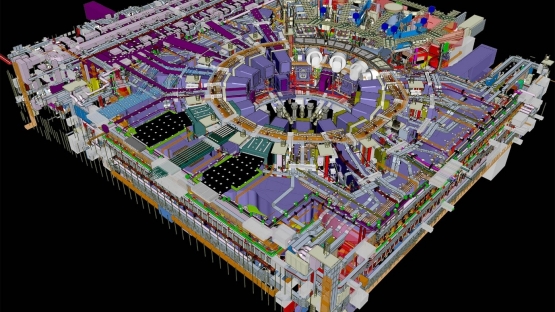The 12th IAEA Technical Meeting on Control, Data Acquisition and Remote Participation for Fusion Research, organized by the IAEA, plays a key role in optimizing, upgrading and adapting information technology applications in fusion R&D. At the biannual meeting in Daejeon, Republic of Korea this week participants discussed new developments and perspectives in the areas of control, data acquisition, data management and remote participation for nuclear fusion research.
This twelfth technical meeting brought together an international community of scientists and engineers working on instruments, methods, hardware, and software solutions for research in the field of nuclear fusion and plasma physics. About 100 participants presented different applications of the latest technologies addressing the very special demands arising from dealing with nuclear fusion plasmas - an ionized gas which is very challenging to keep stable and confined.
Unlike fission, where reactors are designed to split the atoms of the fuel, in a fusion device the nuclei are heated to extremely high temperatures and trapped by strong magnetic fields (or heated and compressed using lasers or particle beams) to be joined together. The meeting included topics on controlling and operating some of the most complex experimental devices for the magnetic confinement of the plasma, including ITER - the international experimental reactor under construction in France. In addition, fusion R&D is moving from pulsed experimental devices to long-pulse operation with high neutron yields, creating ever increasing extreme engineering and computer science challenges to be solved.








